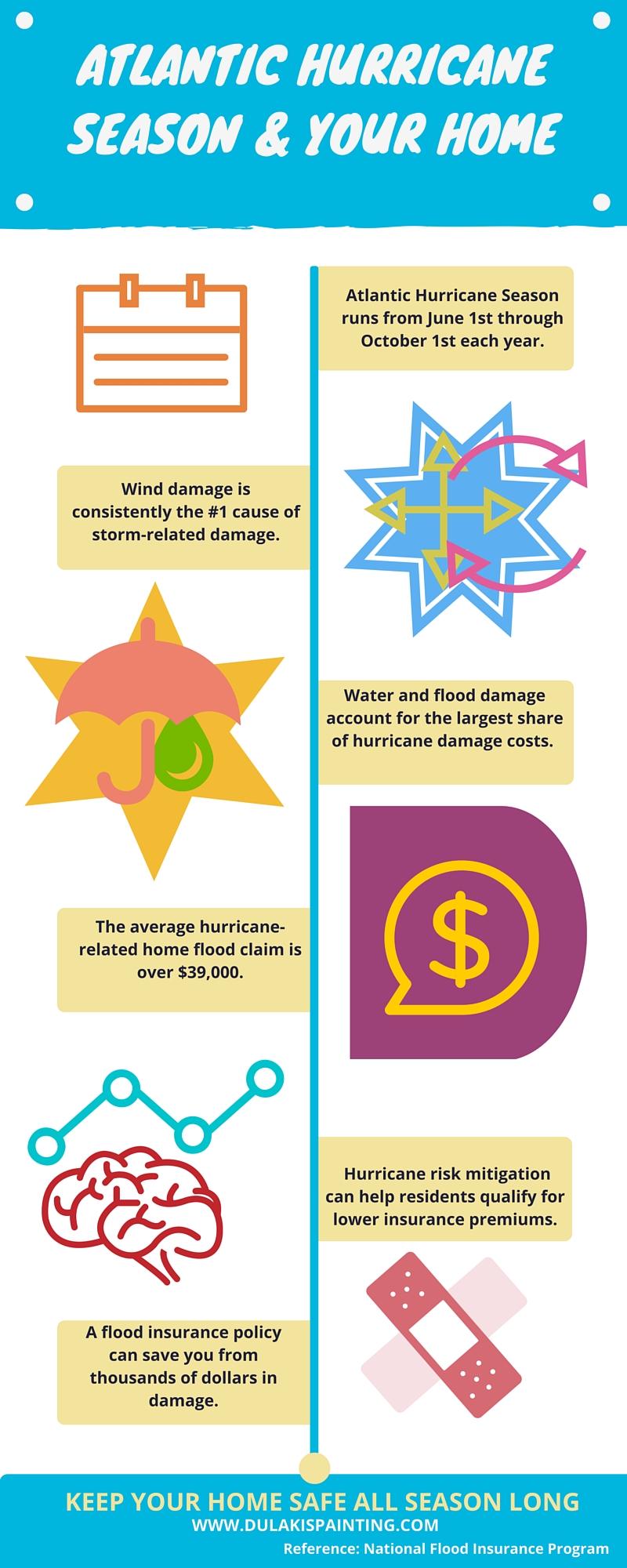Explore The Effect Of Seasonal Aspects On The Performance Of Industrial External Paint And Identify The Optimal Times To Attain Enduring Outcomes For Your Task
Explore The Effect Of Seasonal Aspects On The Performance Of Industrial External Paint And Identify The Optimal Times To Attain Enduring Outcomes For Your Task
Blog Article
Write-Up Written By-Burnham Celik
When you're preparing a business external painting job, seasonal variables can make or break your results. You'll want to think about exactly how temperature level and moisture impact paint application and drying out times. Picking the right season can ensure your paint sticks effectively and lasts much longer. Yet which seasons are absolutely the very best for this sort of job? Let's explore the crucial elements that can affect your job's success.
The Effect of Temperature Level on Paint Application
When you're intending a business external painting task, the temperature level can considerably affect how well the paint adheres and dries.
Preferably, you want to paint when temperatures vary in between 50 ° F and 85 ° F. If it's too cool, the paint may not cure appropriately, bring about issues like peeling or breaking.
On the other side, if it's as well hot, the paint can dry too rapidly, avoiding appropriate attachment and resulting in an uneven finish.
You should also consider the moment of day; early morning or late afternoon offers cooler temperatures, which can be much more beneficial.
Always examine commercial interior painter for the details paint you're making use of, as they commonly offer assistance on the excellent temperature level variety for optimal results.
Humidity and Its Impact on Drying Times
Temperature level isn't the only environmental variable that influences your commercial exterior paint project; humidity plays a considerable function too. High moisture levels can slow down drying times dramatically, affecting the general top quality of your paint work.
When the air is saturated with wetness, the paint takes longer to treat, which can bring about issues like inadequate attachment and a higher danger of mildew growth. If you're repainting on a particularly moist day, be prepared for prolonged wait times in between coats.
It's vital to check neighborhood climate condition and plan accordingly. Ideally, go for moisture levels between 40% and 70% for ideal drying.
Maintaining these factors in mind ensures your project remains on track and provides a long-term coating.
Best Seasons for Commercial Exterior Paint Projects
What's the very best season for your business outside painting tasks?
Springtime and very early fall are commonly your best options. During these seasons, temperature levels are light, and moisture degrees are commonly reduced, producing suitable problems for paint application and drying.
Avoid summer season's intense heat, which can cause paint to dry too promptly, bring about poor attachment and finish. Similarly, winter's cold temperature levels can hinder proper drying out and treating, risking the longevity of your paint job.
painters in my area for days with temperature levels in between 50 ° F and 85 ° F for optimum outcomes. Remember to check the neighborhood weather prediction for rainfall, as damp problems can wreck your task.
Planning around these factors guarantees your paint project runs efficiently and lasts much longer.
Final thought
In conclusion, intending your business outside paint projects around seasonal factors to consider can make a significant difference in the result. By organizing front door painters near me throughout the perfect temperatures and humidity levels, you'll ensure far better attachment and drying out times. Bear in mind to keep an eye on neighborhood weather prediction and pick the correct time of year-- spring and early autumn are your best bets. Taking these steps will certainly aid you attain a durable and specialist coating that lasts.
